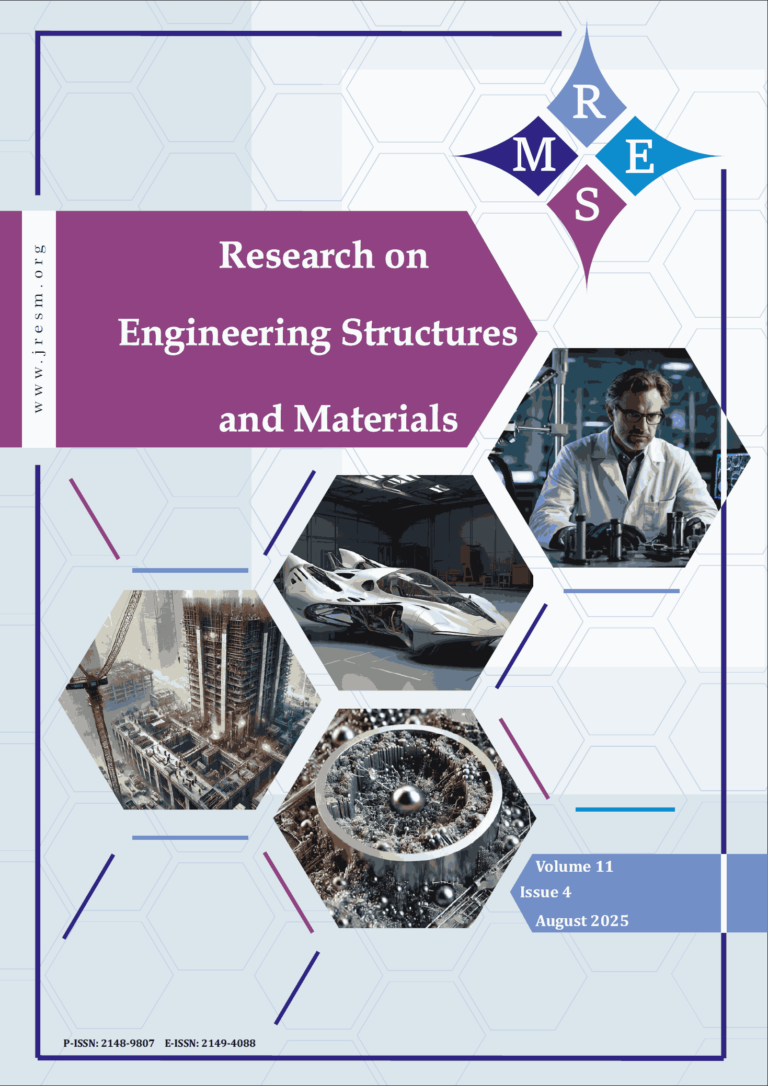Rubber waste represents a significant waste stream that can be used as a substitute for natural aggregates in concrete. The main objective of this innovative study is to evaluate the effectiveness of alkali-activated mortars (AAM) incorporating recycled rubber aggregates in the development of an environmentally friendly construction material. Different replacement rates of sand with rubber particles (10%, 20%, and 30% by volume) are analysed. Rubberized alkali-activated mortars (RAAM) were produced using a combination of 10 M sodium hydroxide (NaOH) and a Na_2 SiO3/NaOH ratio of 3. Additionally, the influence of three curing methods on the properties of RAAM is also examined: air drying, curing in a climate chamber, or in an oven. The properties of RAAM were evaluated through tests including the flow table test, density test, water absorption test, and compressive strength test. Furthermore, the study also assessed the cost-effectiveness and environmental impact of RAAM. This variable study is complemented by an ANOVA parametric analysis. The results show a decrease in the compressive strength and flowability of AAM proportionally to the increase in R content. Experimental and statistical analysis reveal that curing in an oven at 60°C significantly optimizes compressive strength by approximately 50.52%. It is worth noting that this curing method of RAAM has demonstrated superior economic and environmental benefits compared to OPC mortar. The study highlights the strong potential of RAAM cured at 60°C or in a humid chamber, combining mechanical performance with reduced CO2emissions, as a sustainable and eco-friendly solution to replace traditional concrete.
Benammar A, Noui A, Benouadah A, Maafi N, Kessal O, Dridi M, Belkadi AA. Enhancing sustainability and performance in alkali-activated mortars with recycled rubber aggregates subjected to varied curing methods. Res. Eng. Struct. Mater., 2025; 11(2): 417-442.
